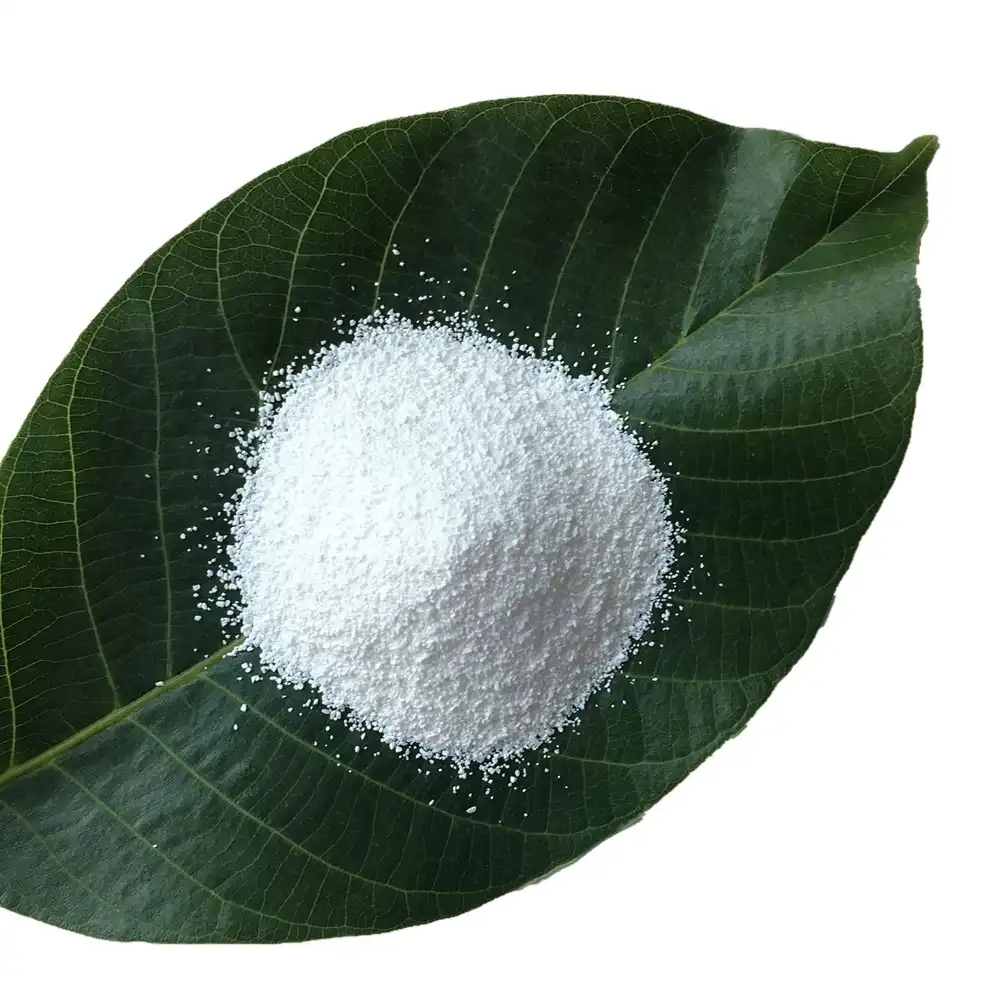Hebei Messi Biology Co., Ltd. stated that nano magnesium oxide is a new type of high-functional fine inorganic material. Nano magnesium oxide is widely used in electronics, catalysis, ceramics, oil products, coatings and other fields. Flame retardants for chemical fiber and plastic industries; high-temperature dehydrating agents in silicon steel sheet production, advanced ceramic materials, electronic industrial materials, binders and additives in chemical raw materials; high-frequency magnetic rod antennas in the radio industry, magnetic device fillers, insulating material fillers and various carriers; refractory fibers and refractory materials, magnesia-chrome bricks, fillers for heat-resistant coatings, high-temperature resistant and insulating instruments, electricity, cables, optical materials and steelmaking; electrical insulator materials, manufacturing crucibles, furnaces, insulating conduits (tubular elements), electrode rods, and electrode sheets.

At present, the main methods for preparing nano magnesium oxide are gas phase method, liquid phase method and solid phase method. The gas phase method is to use magnesium vapor and oxygen to react in the gas phase to obtain rectangular or cubic nanocrystalline magnesium oxide; the liquid phase method is to select one or more suitable soluble metal salts, and prepare them into a solution according to the composition of the prepared material, so that each element is in ionic or molecular state, and then select a suitable precipitant or use evaporation, sublimation, hydrolysis and other operations to make the metal ions precipitate or crystallize evenly, and finally dehydrate or heat the precipitate or crystallize to obtain the required material powder; the solid phase method can be divided into two categories according to its processing characteristics: mechanical crushing method and solid phase reaction method. The mechanical crushing method is to use a crusher to directly grind the raw materials into ultrafine powder. The solid phase reaction method is to fully mix the metal salts or metal oxides according to the formula, grind them, and then calcine them to produce solid phase reaction, and then directly or grind them to obtain ultrafine powder. However, the nano magnesium oxide obtained by the above method still has problems such as large particle size and uneven distribution, easy agglomeration of particles, and poor dispersibility.
Aiming at the drawbacks of uneven particle size distribution, easy agglomeration of particles and poor dispersibility of nano magnesium oxide at present, a method is provided in which magnesium chloride is used as a magnesium source, citric acid is used as a complexing agent, magnesium ions are slowly released, sodium hydroxide is used as a precipitant, magnesium hydroxide precipitate is generated by reaction, sodium dodecylbenzene sulfonate is used as a surfactant, n-butanol is used as a co-surfactant, the precipitate is dissolved in an oily solvent n-hexane, and then the precipitate is fully mixed with a mixed slurry, and an upper and lower phases are formed after equilibrium, and an upper oil-in-water type microemulsion is separated, and sodium peroxide and concentrated sulfuric acid are used as a dehydrating agent, and magnesium hydroxide is dehydrated to generate spherical magnesium oxide under ultrasonic demulsification conditions, dry ice is used to cool the solution, and the solution is reacted with residual sodium hydroxide to generate sodium carbonate, and then spherical nano magnesium oxide is obtained by filtering, washing and drying. The nano magnesium oxide has good dispersibility and effectively solves the problems of uneven particle size distribution and easy agglomeration of particles of nano magnesium oxide.
